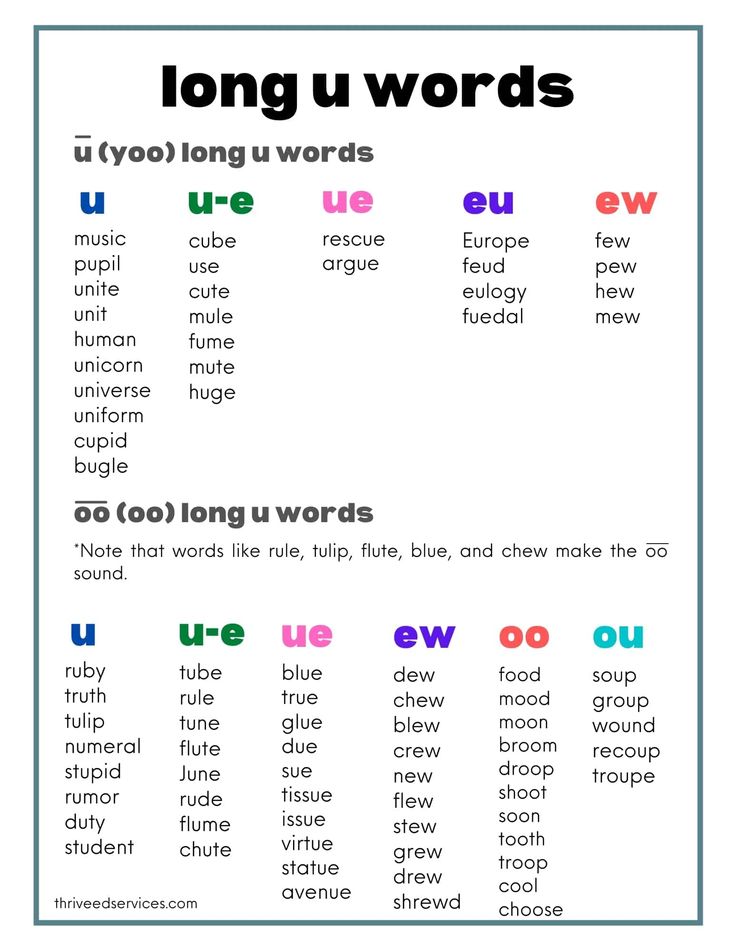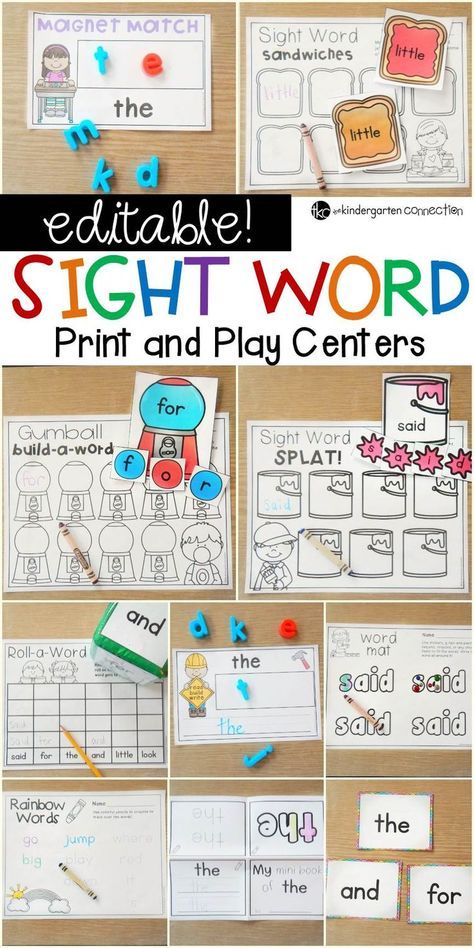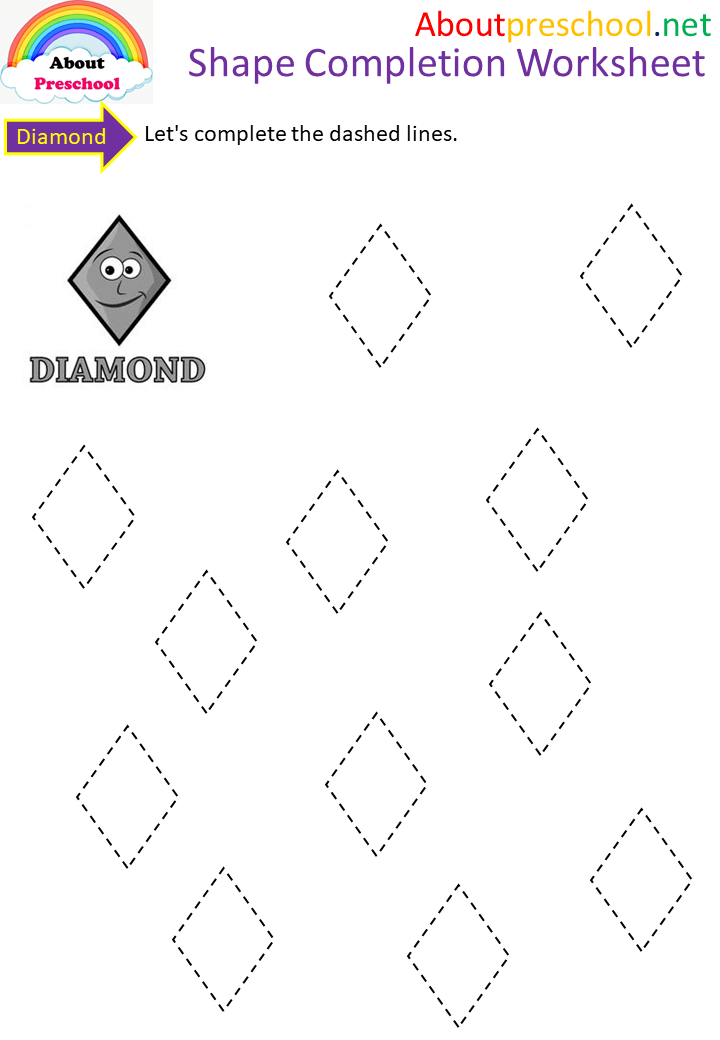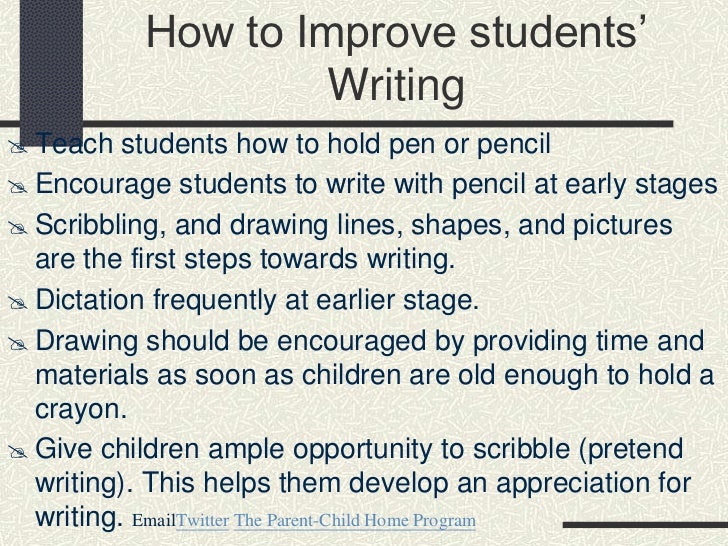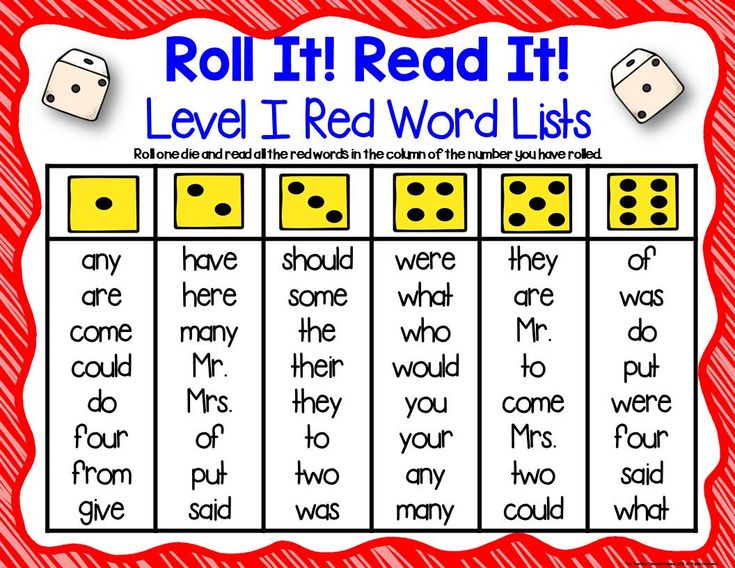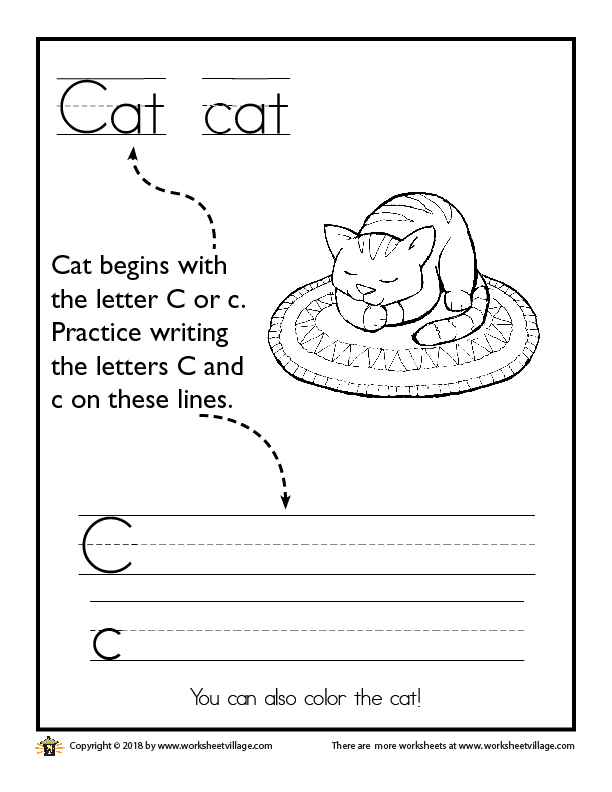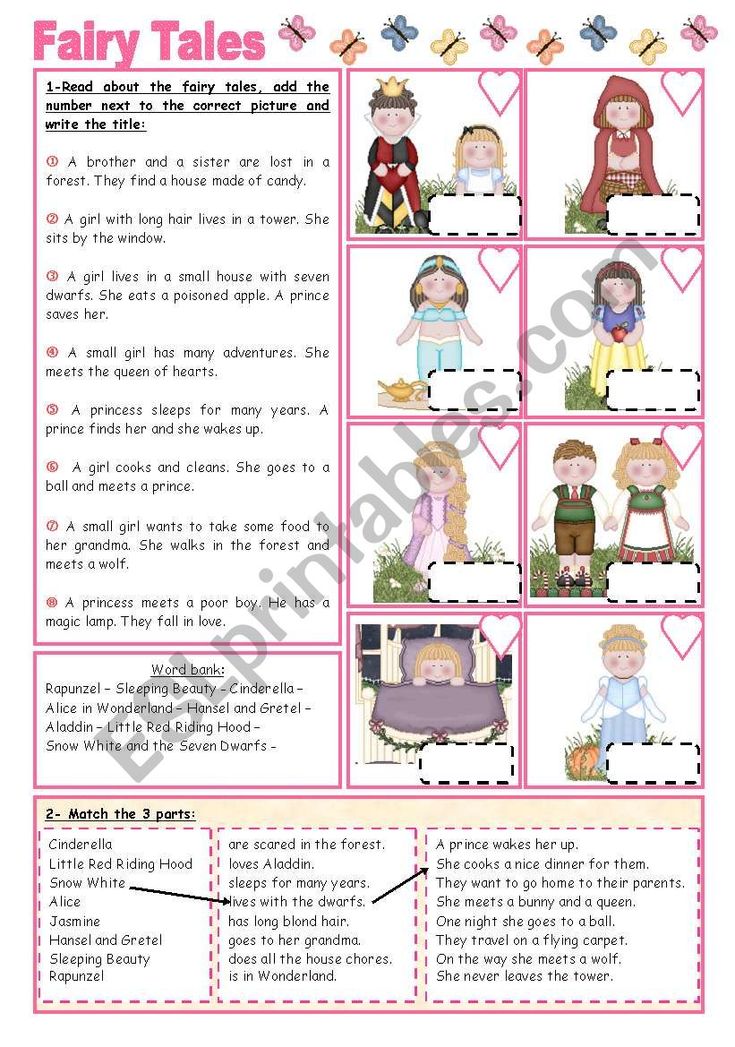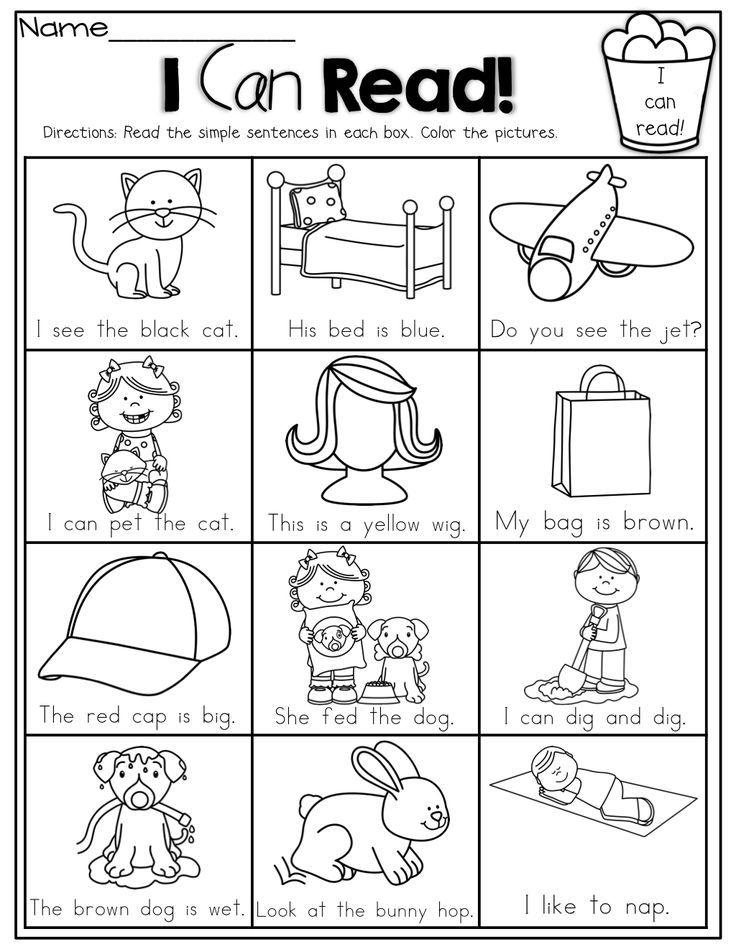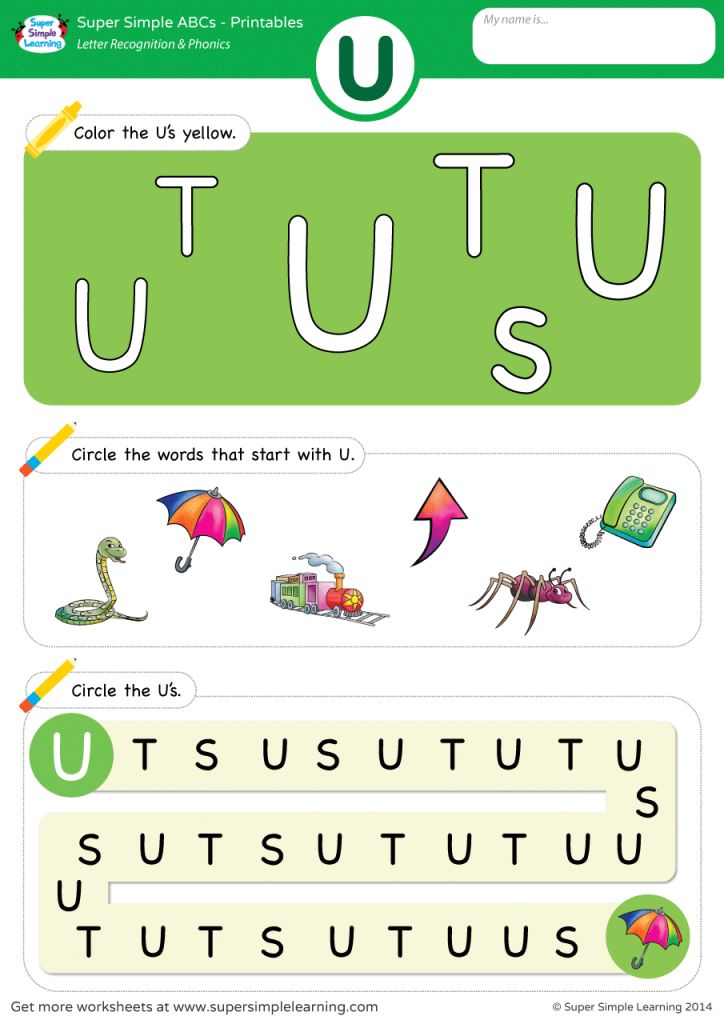What is a math concept
10 Math Concepts You Can't Ignore
Math itself is one big concept, and it's chock full of so many smaller mathematical concepts that no one person can possibly understand them all — even with a good dose of studying. Yet certain concepts are so important that they make the Math Hall of Fame:Sets and set theory
A set is a collection of objects. The objects, called elements of the set, can be tangible (shoes, bobcats, people, jellybeans, and so forth) or intangible (fictional characters, ideas, numbers, and the like). Sets are such a simple and flexible way of organizing the world that you can define all of math in terms of them.
Mathematicians first define sets very carefully to avoid weird problems — for example, a set can include another set, but it can't include
itself. After the whole concept of a set is well-defined, sets are used to define numbers and operations, such as addition and subtraction, which is the starting point for the math you already know and love.
Prime numbers go forever
A prime number is any counting number that has exactly two divisors (numbers that divide into it evenly) — 1 and the number itself. Prime numbers go on forever — that is, the list is infinite — but here are the first ten: 2 3 5 7 11 13 17 19 23 29 . . .
It may seem like nothing, but . . .
Zero may look like a big nothing, but it's actually one of the greatest inventions of all time. Like all inventions, it didn't exist until someone thought of it. (The Greeks and Romans, who knew so much about math and logic, knew nothing about zero.)
The concept of zero as a number arose independently in several different places. In South America, the number system that the Mayans used included a symbol for zero. And the Hindu-Arabic system used throughout most of the world today developed from an earlier Arabic system that used zero as a placeholder. In fact, zero isn't really nothing — it's simply a way to express nothing mathematically.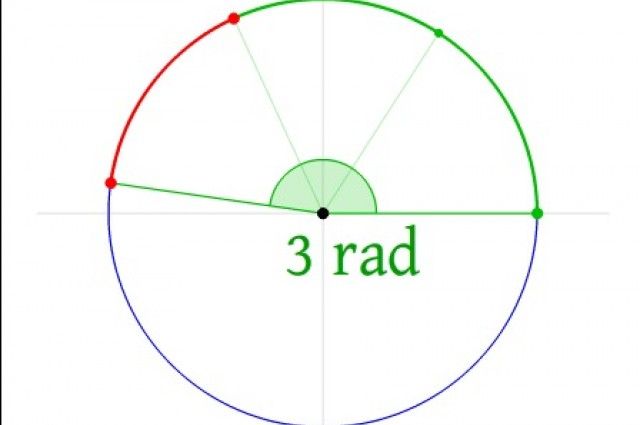 And that's really something.
And that's really something.
Have a big piece of pi
Pi (π): The symbol π (pronounced pie) is a Greek letter that stands for the ratio of the circumference of a circle to its diameter. Here's the approximate value of π:
π ≈ 3.1415926535…
Although π is just a number — or, in algebraic terms, a constant — it's important for several reasons:
Geometry just wouldn't be the same without it. Circles are one of the most basic shapes in geometry, and you need π to measure the area and the circumference of a circle.
Pi is an irrational number, which means that no fraction that equals it exactly exists. Beyond this, π is a transcendental number, which means that it's never the value of x in a polynomial equation (the most basic type of algebraic equation).
Pi is everywhere in math. It shows up constantly (no pun intended) where you least expect it. One example is trigonometry, the study of triangles.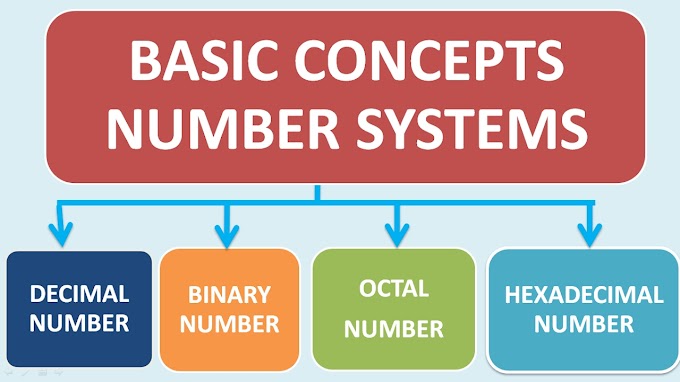 Triangles obviously aren't circles, but trig uses circles to measure the size of angles, and you can't swing a compass without hitting π.
Triangles obviously aren't circles, but trig uses circles to measure the size of angles, and you can't swing a compass without hitting π.
Equality in mathematics
The humble equals sign (=) is so common in math that it goes virtually unnoticed. But it represents the concept of equality — when one thing is mathematically the same as another — which is one of the most important math concepts ever created. A mathematical statement with an equals sign is an equation. The equals sign links two mathematical expressions that have the same value and provides a powerful way to connect expressions.
Bringing algebra and geometry together
Before the xy-graph (also called the Cartesian coordinate system) was invented, algebra and geometry were studied for centuries as two separate and unrelated areas of math. Algebra was exclusively the study of equations, and geometry was solely the study of figures on the plane or in space.
The graph, invented by French philosopher and mathematician René Descartes, brought algebra and geometry together, enabling you to draw solutions to equations that include the variables x and y as points, lines, circles, and other geometric shapes on a graph.
The function: a mathematical machine
A function is a mathematical machine that takes in one number (called the input) and gives back exactly one other number (called the output). It's kind of like a blender because what you get out of it depends on what you put into it. Suppose you invent a function called PlusOne that adds 1 to any number. So when you input the number 2, the number that gets outputted is 3:
PlusOne(2) = 3
Similarly, when you input the number 100, the number that gets outputted is 101:
PlusOne(100) = 101
It goes on, and on, and on . . .
The very word infinity commands great power. So does the symbol for infinity (∞). Infinity is the very quality of endlessness. And yet mathematicians have tamed infinity to a great extent. In his invention of calculus, Sir Isaac Newton introduced the concept of a limit, which allows you to calculate what happens to numbers as they get very large and approach infinity.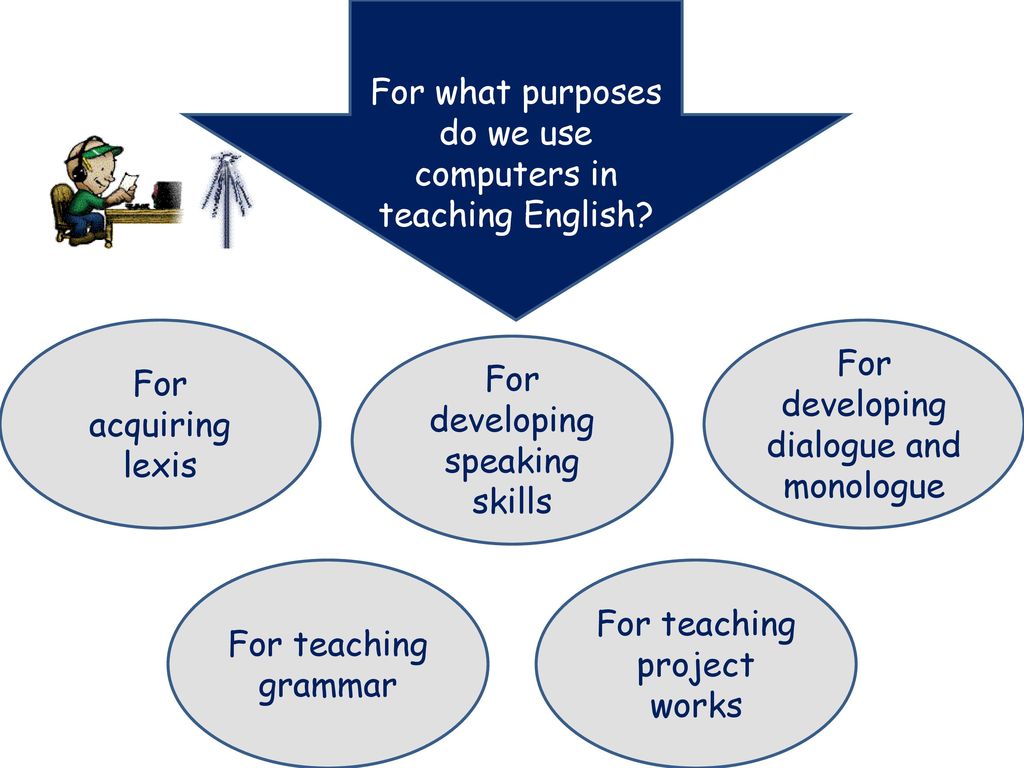
Putting it all on the line
Every point on the number line stands for a number. That sounds pretty obvious, but strange to say, this concept wasn't fully understood for thousands of years. The Greek philosopher Zeno of Elea posed this problem, called Zeno's Paradox: To walk across the room, you have to first walk half the distance across the room. Then you have to go half the remaining distance. After that, you have to go half the distance that still remains).This pattern continues forever, with each value being halved, which means you can never get to the other side of the room. Obviously, in the real world, you can and do walk across rooms all the time. But from the standpoint of math, Zeno's Paradox and other similar paradoxes remained unanswered for about 2,000 years.
The basic problem was this one: All the fractions listed in the preceding sequence are between 0 and 1 on the number line. And there are an infinite number of them.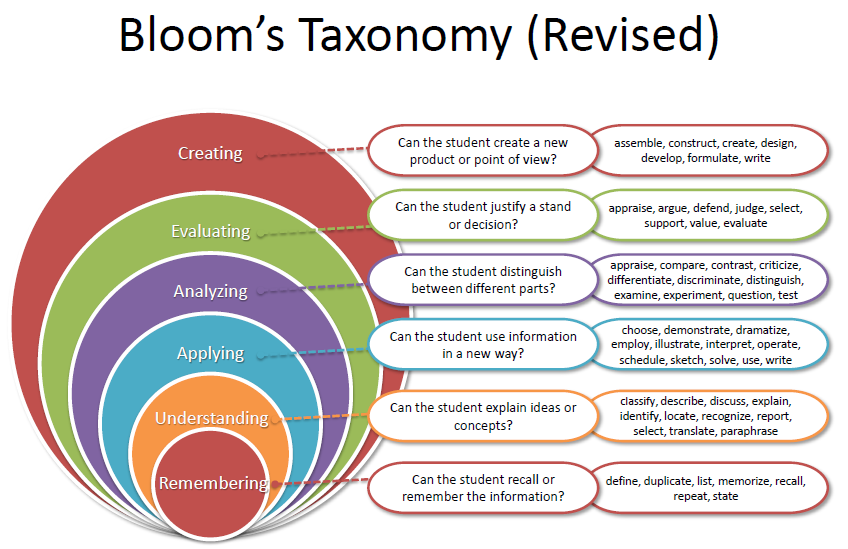 But how can you have an infinite number of numbers in a finite space? Mathematicians of the 19th century — Augustin Cauchy, Richard Dedekind, Karl Weierstrass, and Georg Cantor foremost among them — solved this paradox. The result was real analysis, the advanced mathematics of the real number line.
But how can you have an infinite number of numbers in a finite space? Mathematicians of the 19th century — Augustin Cauchy, Richard Dedekind, Karl Weierstrass, and Georg Cantor foremost among them — solved this paradox. The result was real analysis, the advanced mathematics of the real number line.
Numbers for your imagination
The imaginary numbers (numbers that include the value i = √ - 1) are a set of numbers not found on the real number line. If that idea sounds unbelievable — where else would they be? — don't worry: For thousands of years, mathematicians didn't believe in them, either. But real-world applications in electronics, particle physics, and many other areas of science have turned skeptics into believers.
So, if your summer plans include wiring your secret underground lab or building a flux capacitor for your time machine — or maybe just studying to get a degree in electrical engineering — you'll find that imaginary numbers are too useful to be ignored.
4 Crucial Basic Math Concepts
Search my site:
Your child's success in learning Math depends on mastering these five crucial concepts. They are essential for building a strong foundation in Math. They help your child understand and make sense of numbers and problem-solving; they strengthen his or her number sense.
The good news is that it is very easy to help your child understand these concepts. The key is to practice a few minutes several times a day. Make it a family affair so your child does not feel overly stressed. Your child or children will remember the lessons better if they had fun with it.
1. Understanding Numbers
The first concept your child must master is knowing how to read, write and understand numbers. Print out 2 sets of the number chart here. Use one set as a reference. Cut out the individual numbers from the second set.
Some ideas for you:
- read and write numbers
- recite a list of numbers forwards and backwards
- what number comes before or next
- arrange numbers in order (start with consecutive numbers)
- even and odd numbers
Print out this set of place numbers for older children.
2. More, Less or Equal
The next important concept in Math is to know how 2 numbers compare; whether one number is more, less or equal to another number.
Numbers represent quantity. Your child must first understand these types of questions.
- Amanda has 12 stickers. Benjamin has 9 stickers. Who has more stickers?
- Jack has 35 stamps. Alan has 19 stamps. Who has fewer stamps?
- Sam has 107 balloons. Jodie has 90 balloons. Who has more balloons? How many more?
- Charlie is 30-years-old. Mary is 17-years-old. Who is younger? How many years younger?
Followed by these types of questions:
- Rodney has $3 more than Janice. How much money does Rodney have if Janice has $26?
- I have 7 fewer pencils than books.
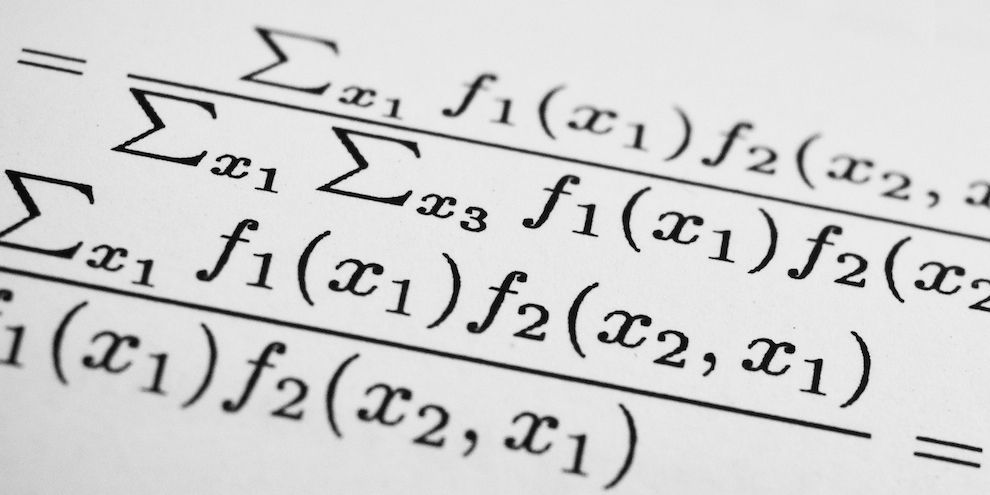 How many books do I have if I have 20 pencils?
How many books do I have if I have 20 pencils? - John spent $11 less than Mark. How much did they spend altogether if Mark spent $15?
And these types of questions:
- 5 pencils cost the same as 2 books. Which is more expensive, the pen or the book?
- 6 apples cost the same as 10 oranges. What is the cost of 1 apple if 1 orange costs $0.60?
- Mary and James have the same amount of money. Mary spent half of her money. James spent one-third of his money. Who spent more money?
No matter how difficult the questions get, they can all be broken down into simple comparisons of more, less or equal.
3. Knowing Which Operation to Use
In Basic Maths there are actually only 4 operations your child needs to know: addition, subtraction, multiplication and division. Here are some clues to help your child decide which of these to use. Print the following graphic for your child to use as a guide.
4. Different Ways to Get to the Answer
When it comes to Math, many children assume there is only one way or method to use to come up with the correct answer. If your child does not understand the teacher's method, he or she assumes that it is because he or she too stupid to understand.
You must help your child realize that there can be different ways of understanding a problem and different strategies can be used to find the answer. However, though the strategies may differ, the answer to the question must always be the same.
Play this family game: Write out simple word problems on cards. Read out a problem, then each person explains how he or she comes up with the answer.
Example
Mary has 9 sweets. She bought a few more sweets and now she has 13 sweets. How many sweets did Mary buy?
Some methods of solving:
- Say '9' then count '10, 11, 12, 13' on your fingers. Since you used 4 fingers to count, the answer is 4.
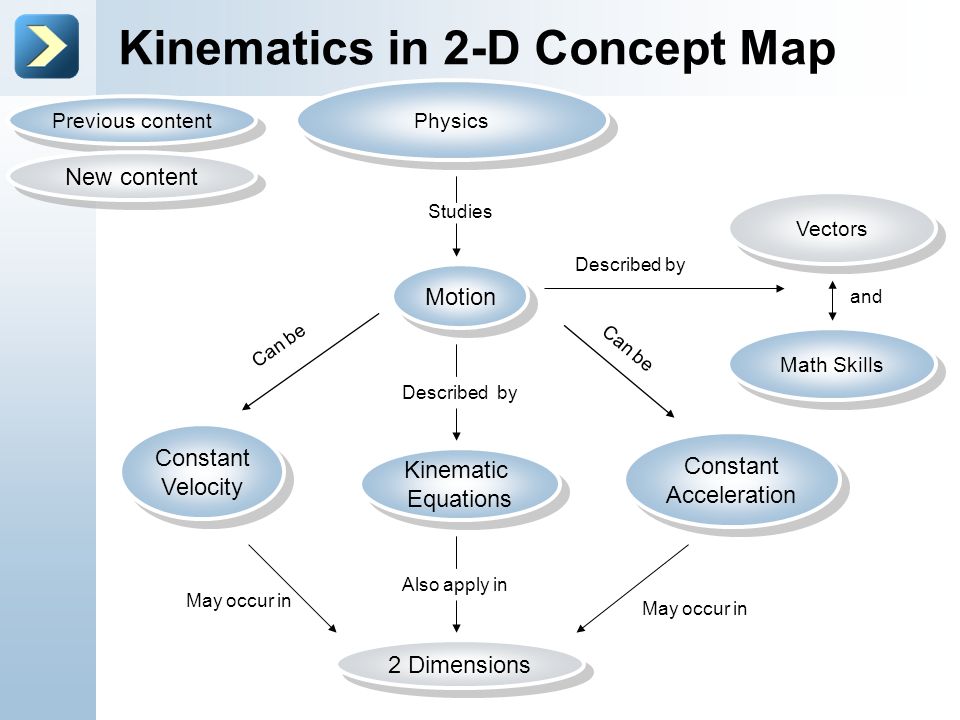
- Draw 9 circles in a row. Draw 13 circles in a second row below the first, making sure you line them up exactly. Compare the two rows and point out there are 4 extra circles in the second row. The answer is 4.
- Write the numbers 1 to 13 on a number line. Point out that after the number 9, there are 4 more numbers to reach the number 13. The answer is 4.
Play this game often and your child will become more flexible and logical in his or her thinking. He or she will automatically look for different ways to solve a hard problem. This will surely help in tackling complicated Math problems later on in school. Teach your child to ask "Is there another way of solving?" when he or she cannot understand one explanation.
This will help them realize that failure to understand does not mean they are cannot learn Math.
After your child has mastered this Math concept, introduce deliberate mistakes in your reasoning to see if your child can spot and correct them.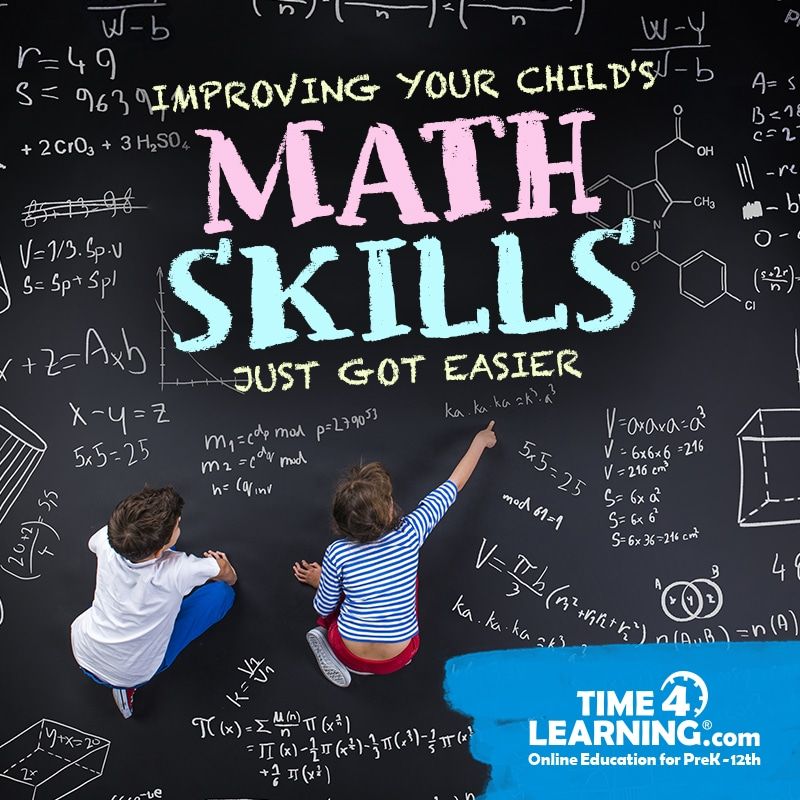
But do this only after your child has thoroughly understood the different strategies or you'll only end up confusing your child.
For older children, you can help them understand the properties of the different operations of addition, subtraction, multiplication and division.
Sometimes the order that these operations are used does not matter. Sometimes it does. Discuss the different strategies to find out when order matters, and when it doesn't.
Example
Max bought 3 boxes of pencils. Each box contains 12 pencils. He gave 5 pencils to his brother and 8 pencils to his sister. How many pencils does Max have left?
Methods of solving:
- To find the total number of pencils at first, you can multiple (3 x 12) or add (12 + 12 + 12).
- To find the number of pencils left, you can add first (5 + 8) and then subtract
(36 - 13). - Or you can subtract only (36 - 5 - 8).
I hope these strategies help your child excel in Maths.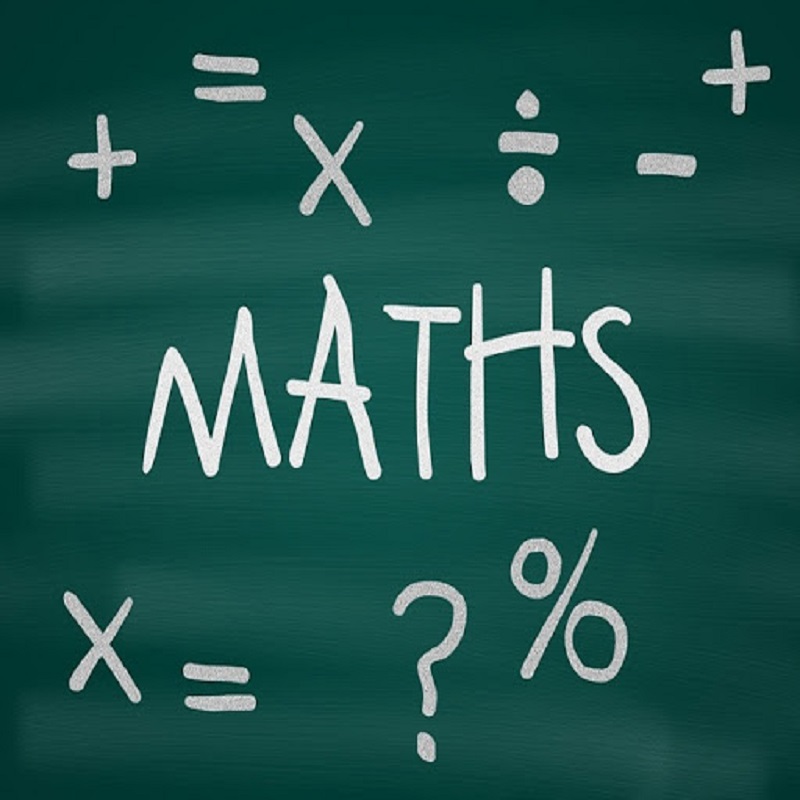 Share them with other parents whose children struggle with Maths.
Share them with other parents whose children struggle with Maths.
1. Mathematical concepts
Lecture #2
in mathematics
Topic: "Mathematical concepts”
Plan:
-
Mathematical concepts
-
Scope and content concepts. Relations between concepts
-
Definition concepts
-
Requirements to definition of concepts
-
Some species definitions
concepts, which are studied in the initial course mathematics is usually represented in the form four groups. The first one includes concepts related to numbers and operations above them: number, addition, term, more, etc. The second includes algebraic concepts: expression, equality, equation and others. The third is geometric concepts: line, segment, triangle etc. The fourth group is formed by the concepts associated with quantities and their measurement. nine0003
How to study such an abundance of different concepts?
Before All you need to do is to understand the concept as a logical category and features mathematical concepts.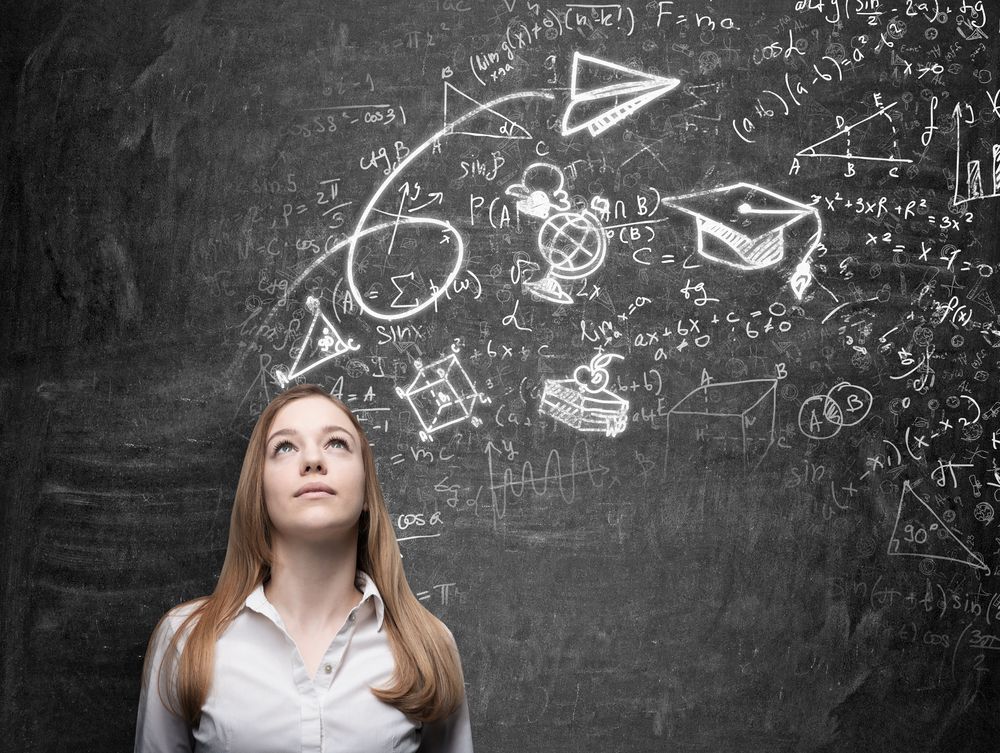
AT logic concepts are considered as a form thoughts reflecting objects (objects or phenomena) in their essential and general properties. The language form of the concept is a word or group of words.
Compose the concept of an object means to be able to to distinguish it from others similar to it objects. Mathematical concepts have a number of features. home is that the mathematical objects to be compiled concept does not exist in reality. Mathematical objects are created by the mind person. These are ideal objects reflecting real objects or phenomena. For example, in geometry one studies the shape and size of objects, without taking into account their other properties: color, mass, hardness, etc. From all this distracted, abstracted. therefore in geometry instead of the word "object" say "geometric figure". nine0003
result abstractions are and such mathematical concepts like "number" and "value".
Generally mathematical objects exist only in the thinking of man and in those signs and symbols that form a mathematical language.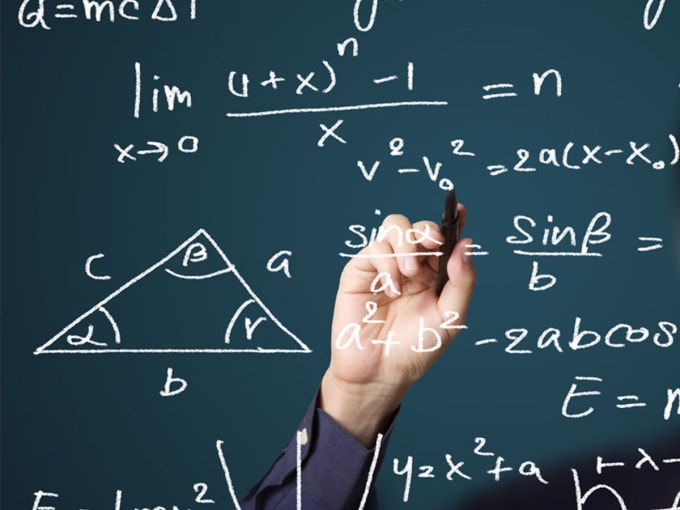
To It can be added to what has been said that, by studying spatial forms and quantitative relations of the material world, mathematics not only uses different methods abstraction, but abstraction itself acts as a multi-step process. Mathematics considers not only concepts that emerged in the study real objects, but also concepts arising from the first. For example, the general concept of a function as a correspondence is a generalization of the concepts of specific functions, i.e. abstraction from abstractions. nine0003
To master general approaches to learning concepts in the elementary course of mathematics, The teacher needs knowledge about the volume and the content of the concept, about the relationship between concepts and about the types of definitions of concepts.
Any mathematical object has certain properties. For example, a square has four sides right angles equal to diagonals. Can specify other properties.
Among the properties object distinguish between essential and insignificant.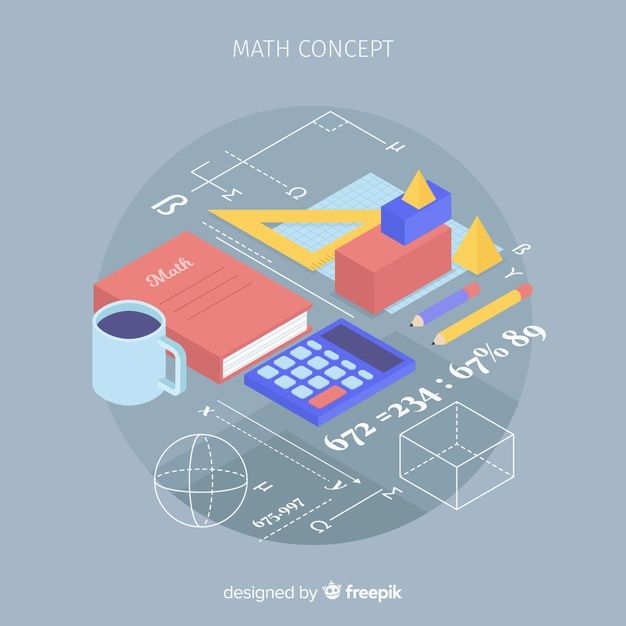 Property feel essential to an object if it inherent in this object and without it, it is not may exist. For example, for square essential are all the properties mentioned above. Not essential for square ABCD property "side AD horizontal." If the square is turned then side AD will be located differently (Fig. 26). nine0003
Property feel essential to an object if it inherent in this object and without it, it is not may exist. For example, for square essential are all the properties mentioned above. Not essential for square ABCD property "side AD horizontal." If the square is turned then side AD will be located differently (Fig. 26). nine0003
Therefore, to understand what is given mathematical object know its essential properties.
When talking about a mathematical concept, then usually means a set of objects, denoted by one term (word or group of words). So, speaking of a square, refers to all geometric shapes, which are squares. Think that the set of all squares is the scope of the concept of "square".
Generally volume concepts are the set of all objects, denoted by one term. nine0063
Any concept has not only volume, but also content.
Contents concepts are the set of all essential object properties reflected in this concept .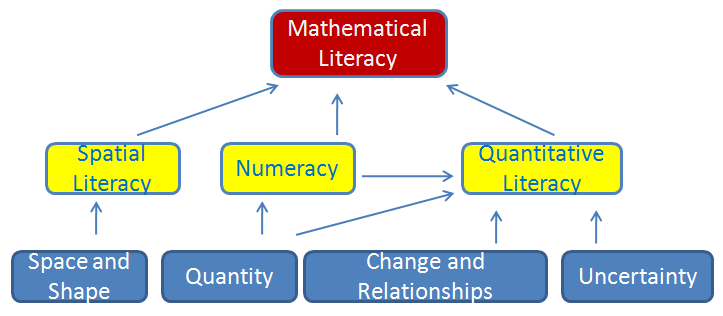
Consider, For example, the concept of "rectangle".
Volume concepts are many different rectangles, and in its content includes such properties of rectangles, how "to have four right angles", "to have equal opposite sides", "to have equal diagonals”, etc. nine0003
Between scope of the concept and its content there is a relationship: if increases the scope of the concept, then it decreases content and vice versa. For example, the scope of the concept of "square" is part of volume of the concept of "rectangle", and in the content of the concept of "square" contains more properties than in the content of the concept "rectangle" ("all sides are equal", diagonals are mutually perpendicular and etc.).
Any the concept cannot be grasped without realizing it relationships with other concepts. therefore it is important to know in what respects to be concepts, and to be able to establish these connections. nine0003
Relations between concepts are closely related to relationships between their volumes, i.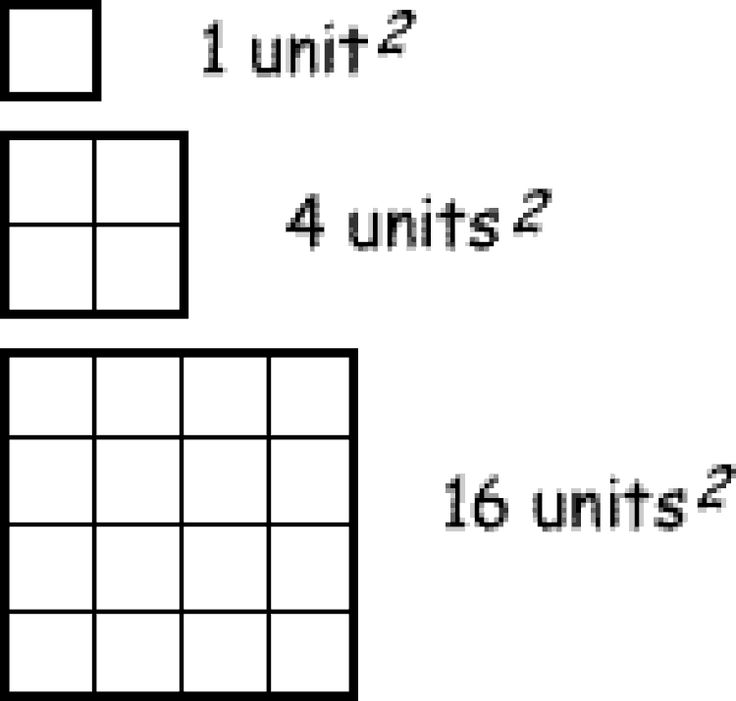 e. sets.
e. sets.
Let's agree concepts are capitalized Latin alphabet: a, b, c,...,z.
Let two concepts a and b are given. Their volumes will be denoted respectively by A and V.
If AND B (A ≠ B), then they say that the concept of a - specific in relation to the concept b , a concept b - generic in relation to the concept a .
For example, if a is a "rectangle", b - "quadrilateral", then their volumes A and B are in relation to inclusion (A B and A ≠ B), since every rectangle is a quadrilateral. therefore it can be argued that the concept "rectangle" - specific in relation to to the concept of "quadrilateral", and the concept "quadrangle" - generic in relation to the concept of a rectangle. nine0003
If A = B, then they say that concepts a and b are identical.
For example, identical concept of "equilateral triangle" and "equiangular triangle" because their volumes match.
If sets A and B are not related inclusions, then we say that the concepts a and b are not related to genus and species and are not identical. For example, not related such relations of the concept of "triangle" and "rectangle".
For example, not related such relations of the concept of "triangle" and "rectangle".
Consider in more detail the relation of genus and species between concepts. First, the concepts of gender and species are relative: the same concept may be generic to one concept and species in relation to another. For example, the concept of "rectangle" - generic in relation to the concept of "square" and specific in relation to the concept "quadrilateral". nine0003
Secondly, for a given concept, one can often specify several generic terms. Yes, for the concepts of "rectangle" are generic are the concepts of "quadrilateral", parallelogram, polygon. Among them, you can specify the nearest. For the concept of "rectangle" to the nearest is the concept of "parallelogram".
Thirdly, the species concept has all the properties generic concept. For example, a square being a species concept in relation to to the concept of "rectangle", has all the properties of a rectangle. nine0003
Since the volume concepts - set, convenient, setting relations between the volumes of concepts, depict them using Euler circles.
Set, for example, relationship between the following couples concepts a and b, if:
1) a - "rectangle", b - "rhombus";
2) a - "polygon", b - "parallelogram";
3) a - "straight", b - "line segment".
AT case 1) the volumes of concepts intersect, but not one set is a subset of another (Fig. 27). nine0003
Consequently, It can be argued that these concepts and b are not related to genus and species.
AT case 2) the data volumes of the concept are regarding inclusion, but do not match - every parallelogram is polygon, but not vice versa (Fig. 28). Therefore, it can be argued that the concept of "parallelogram" - specific in relation to the concept of "polygon", and the concept of "polygon" is generic in relation to the concept of "parallelogram".
nine0003
AT case 3) the volumes of concepts do not intersect, since not a single segment is possible say he is direct, and neither one line cannot be named segment (Fig. 29).
29).
Consequently, these terms are not related genus and species.
O concepts of "line" and "segment" can be say they are for whole and part: A segment is a part of a line, not a type of it. And if the species concept has all the properties generic concept, then the part is not necessarily has all the properties of the whole. For example, a segment does not have such property of the straight line, as its infinity. nine0003
Topic 7. Mathematical concepts Content
-
Mathematical concepts. The scope and content of the concept.
-
Relationship genus and species between concepts.
-
Definition concepts.
-
Requirements to the definition of concepts.
five. Implicit definitions
Main literature 7, 14, 16, 24, 25, 30, 33, 34;
Additional literature 26, 44
studying mathematics at school, college, university, need to learn a certain system concepts, propositions and proofs, but to master this system and then successfully apply acquired knowledge and skills, teaching younger students and solving the problem of their development by means mathematics, one must first understand what features of mathematical concepts, how their definitions, sentences, expressing properties of concepts, and proof.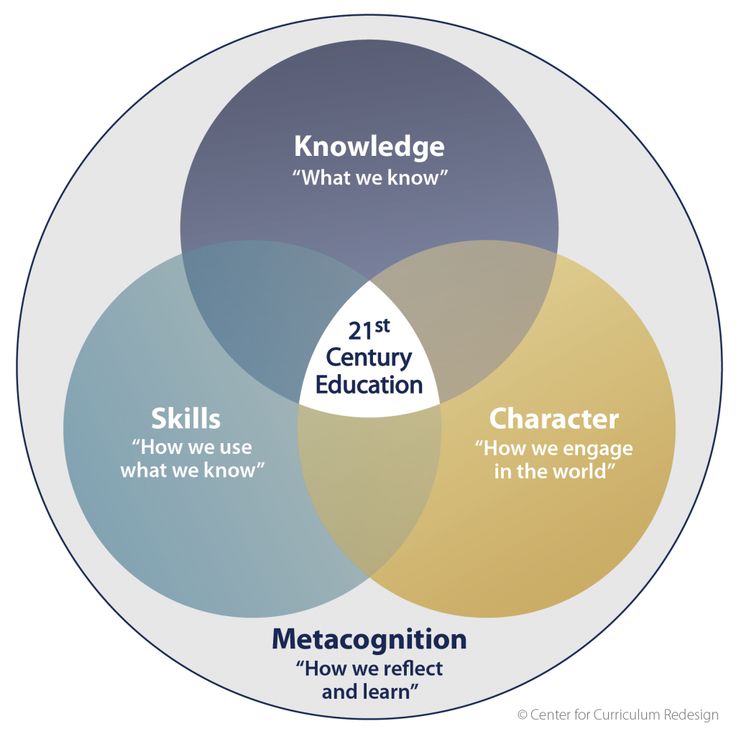
Any mathematical object has certain properties. For example, a square has four sides right angles equal to diagonals. Can specify other properties of the square. nine0003
Among properties of an object distinguish between properties essential and minor to distinguish it from other objects. The property is considered significant for object, if it is inherent in this object and without it it cannot exist. Insignificant properties are those properties, the absence of which does not affect the existence of the object. So, for example, the named properties of a square are essential, and the property "side AB of the square is vertical" insignificant. If the square is turned then side AB will be located differently (Fig. 1). nine0003
AT
AT C
AND C
AND D
D Rice.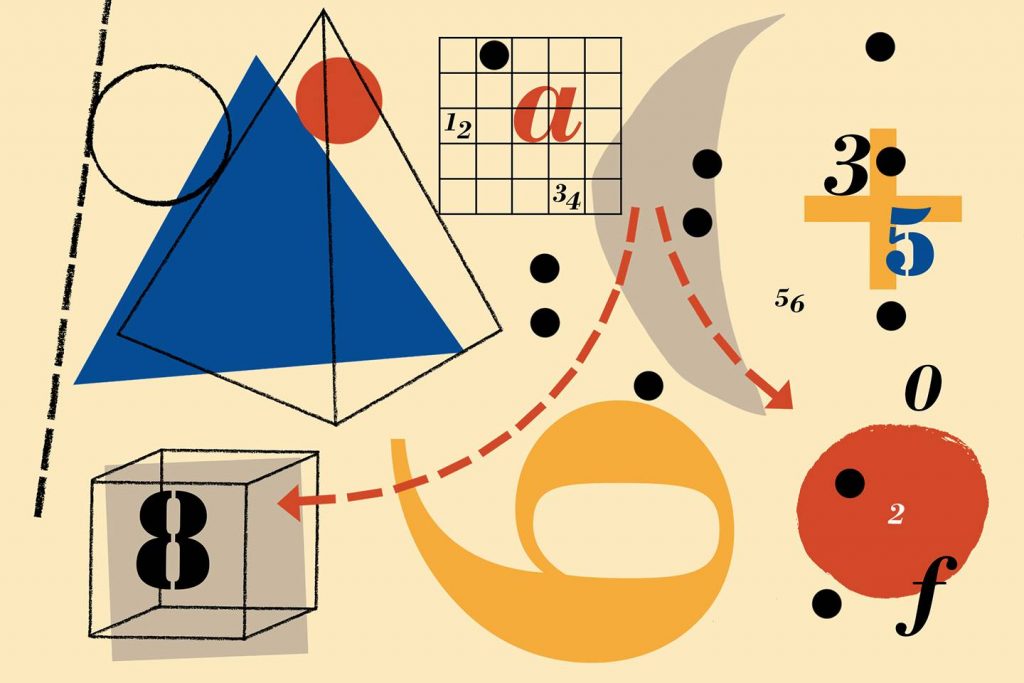 1
1
Therefore, to understand what is given mathematical object is enough know its essential properties. In that case, it is said that there is a concept of this object. nine0003
When talk about a mathematical object, then usually mean the whole objects designated by one term, word, name. So when talking about square, then they mean all geometric shapes that are squares. Aggregate of all squares is the scope of the concept square.
Definition. The scope of a concept is the totality of all objects designated by the same term.
Any concept has not only scope, but also content. nine0003
Definition . The content of the concept is a set all essential properties of the object, reflected in this concept.
T. Well, every concept is characterized by term, volume, content.
Note.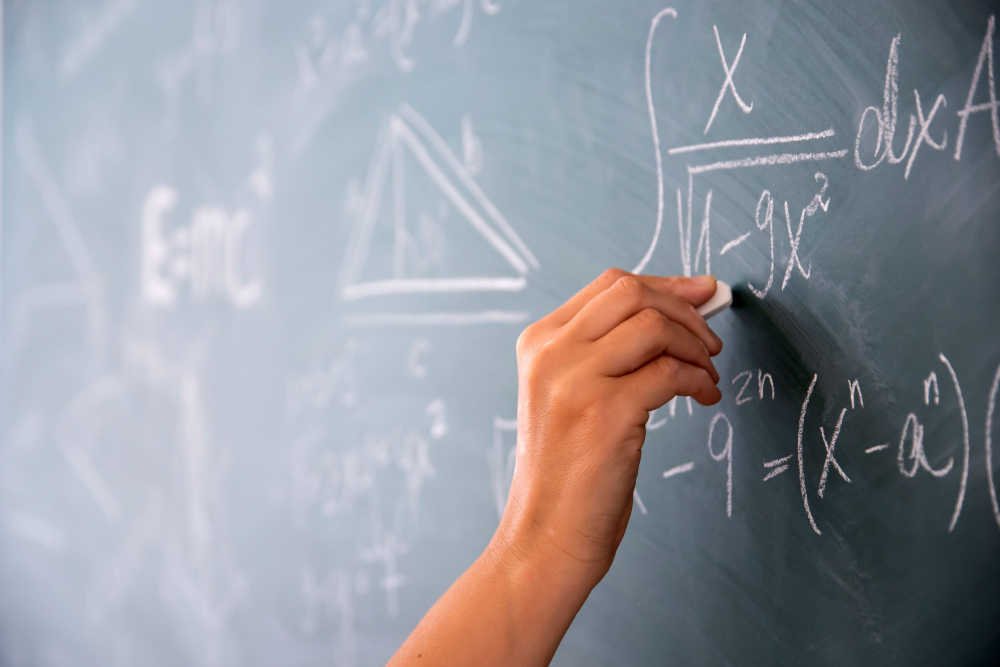
Learn more

